The Tour de France, one of the most prestigious cycling races in the world, owes its origins to a publicity stunt conceived in 1903. It began as an event to boost the circulation of a French newspaper, L’Auto, but it quickly grew into something much greater. The first Tour de France set the foundation for an iconic race that would eventually capture the world’s attention, creating a tradition of heroism, grit, and determination. This is the story of the 1903 Tour de France, the riders, the race, and the legacy that continues to inspire athletes today.
Introduction to the 1903 Tour de France
In 1903, cycling was still a relatively young sport, but it was already growing in popularity. Henri Desgrange, the editor of L’Auto, was engaged in a fierce circulation war with its competitor, Le Vélo. Desperate to gain an edge, Desgrange came up with the idea of the Tour de France. The race was meant to be a publicity stunt, an attention-grabber to increase readership. The idea was simple yet audacious: a grueling multi-stage race across France that would both capture the imagination of the public and showcase the spirit of French endurance.
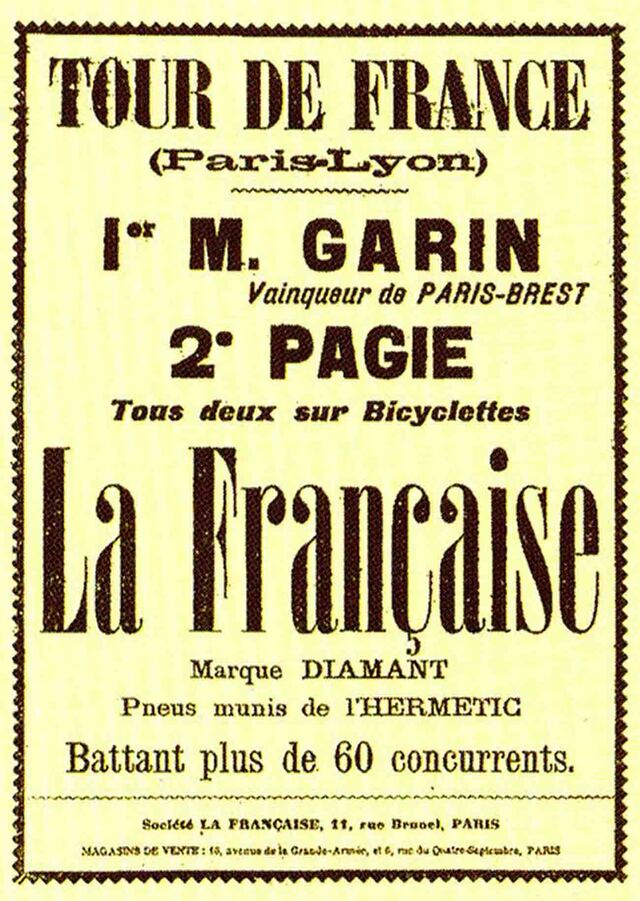
Initially, only 15 cyclists had signed up for the event, but after the entry fee was lowered, the total participants rose to 79, including a mix of professional and semi-professional cyclists. The race was scheduled for 1 June to 5 July 1903, but due to logistical and financial hurdles, it was rescheduled to run from 1 to 19 July. The event promised a prize of 20,000 francs, attracting some of the best cyclists from across France and beyond.
Video
Watch this video to discover how the Tour de France began, from intense trails and doping to passionate fans!
Race Setup and Early Struggles

The 1903 Tour de France consisted of six stages, covering a total distance of approximately 2,428 kilometers (1,509 miles). These stages were incredibly long by today’s standards, with some lasting up to 400 kilometers in a single day. This was no ordinary race – it was a monumental test of human endurance. The cyclists had to navigate the various terrains of France, from the flatter plains to the more challenging hills, with only a few rest days in between stages.
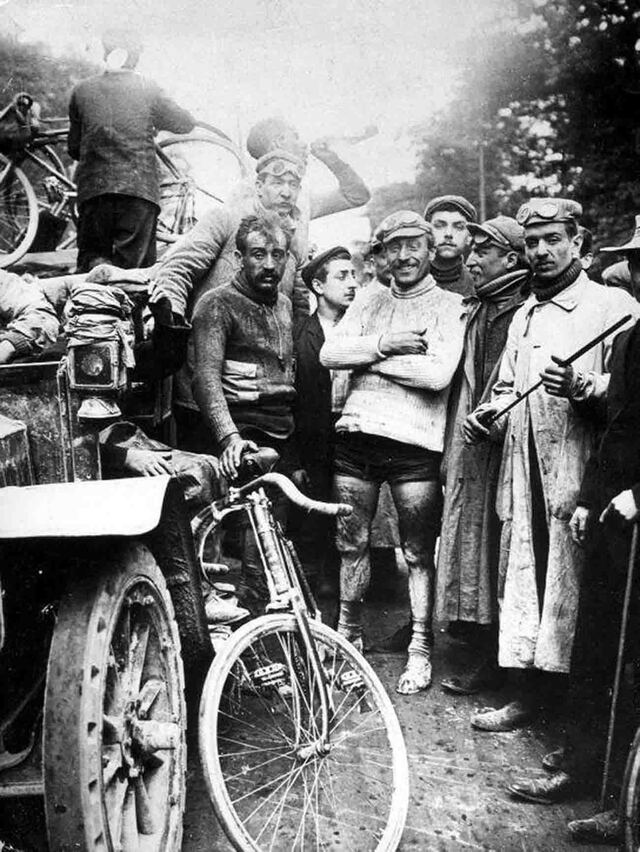
The race was not initially designed for a team competition, meaning that each cyclist raced individually, without the strategic support that modern cycling teams offer today. Furthermore, there were no pacers allowed, and the cyclists had to rely on their own strength and endurance to power through the challenging course. Despite these tough conditions, 60 cyclists took to the start line, with each hoping to emerge victorious.
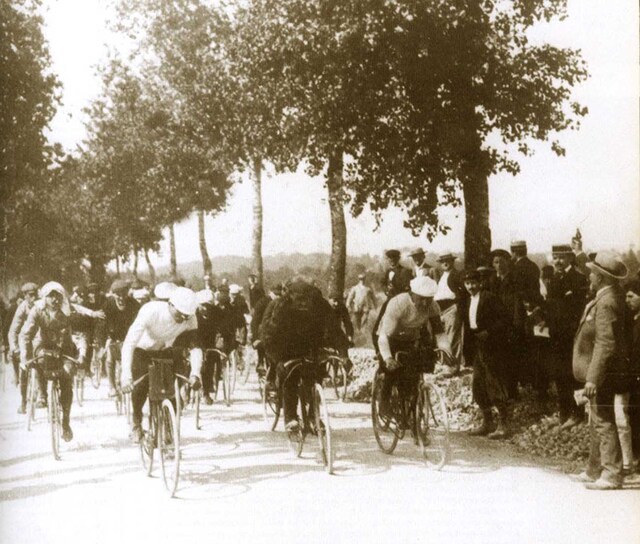
The Cyclists and Their Journey
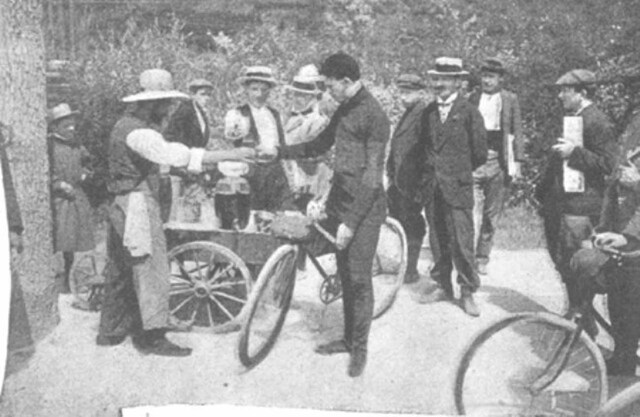
The cyclists in the 1903 Tour de France were a hardy bunch, representing various countries, including France, Belgium, Switzerland, Germany, and Italy. With their bicycles, modest cycling attire, and little support from teams, the riders were left to tackle the race on their own. It wasn’t just the race itself that presented challenges – the technology of the time meant that cyclists didn’t have the sophisticated gear, gear ratios, or even the lightweight bikes that modern cyclists have today.
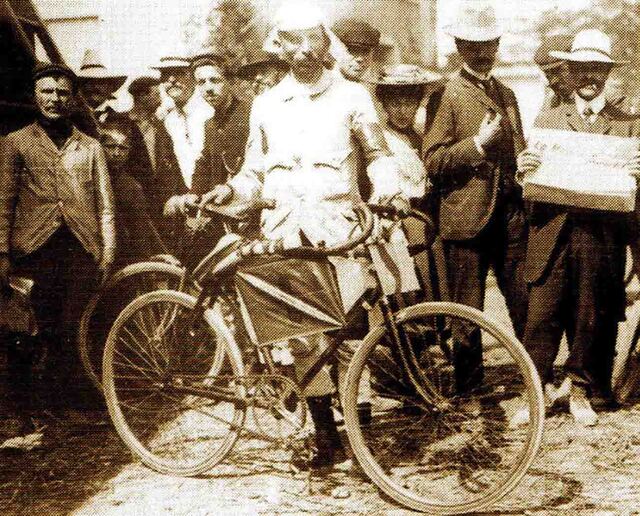
Cyclists had to overcome more than just physical exhaustion; they had to endure the difficult conditions, rough roads, and long stages. Yet, despite the grueling nature of the race, there was a sense of excitement and camaraderie among the riders. The 1903 Tour de France was about perseverance, grit, and the ability to rise above adversity.
Maurice Garin: The Winner of the First Tour
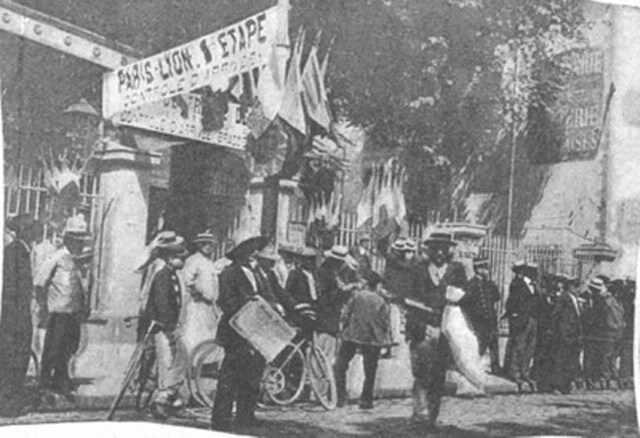
Maurice Garin, a Frenchman from the town of Arnad, was the overwhelming favorite to win the inaugural Tour de France. Garin was a seasoned cyclist, having already won the Paris–Roubaix race. He dominated the first stage of the race, which set the tone for the rest of the competition. Throughout the remaining stages, Garin’s strength and determination kept him in the lead, and he went on to win the race with a margin of nearly three hours over the second-place rider.
Upon his victory, Garin was celebrated by the crowds in Paris, and a champagne-soaked victory lap around the Parc des Princes followed. The win brought him national fame, and his success also contributed to the newfound popularity of the Tour de France, solidifying its place in the world of professional cycling.
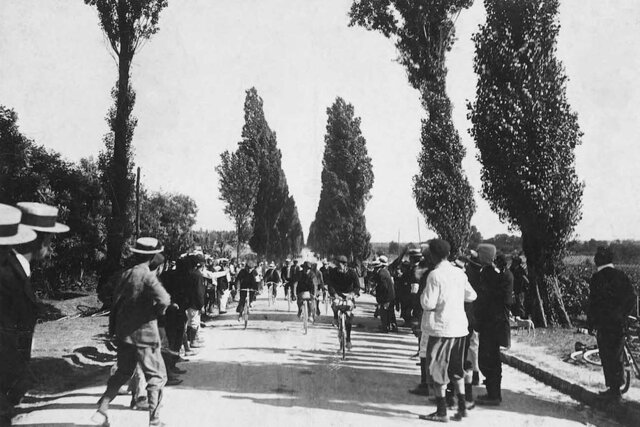
Legacy of the 1903 Tour de France
The 1903 Tour de France not only helped boost the circulation of L’Auto but also set the stage for the Tour de France’s enduring legacy. The race became an annual event, growing in size and prestige with each passing year. The success of the first race proved that there was a market for a grueling, multi-stage race that tested the limits of human endurance. The introduction of iconic elements like the yellow jersey for the leader, which was introduced in 1919, would further cement the Tour de France’s status as the ultimate cycling competition.
In addition to its impact on cycling, the 1903 Tour de France was also a major turning point in the sport’s relationship with the media. The race generated immense public interest, with fans following the event through newspapers, and later through radio and television broadcasts. The media’s role in shaping the public’s perception of the race would continue for decades, with each year’s edition of the Tour de France becoming a major spectacle for both participants and spectators.
Vintage Photos from the 1903 Tour de France
Vintage photos from the 1903 Tour de France give us a glimpse into the early days of the race and the history of cycling. The photographs show the riders gearing up for the event, tackling the various stages, and celebrating their victories. They capture the raw emotions of the athletes as they pushed themselves to the limit, all while offering a glimpse of the fashion, culture, and technology of the time.
Some of the most iconic photos from the first Tour de France include shots of Maurice Garin crossing the finish line, the riders racing through the French countryside, and images of spectators lining the streets to cheer on their favorite cyclists. These photos serve as a testament to the enduring legacy of the Tour de France and the incredible athletes who competed in its inaugural edition.
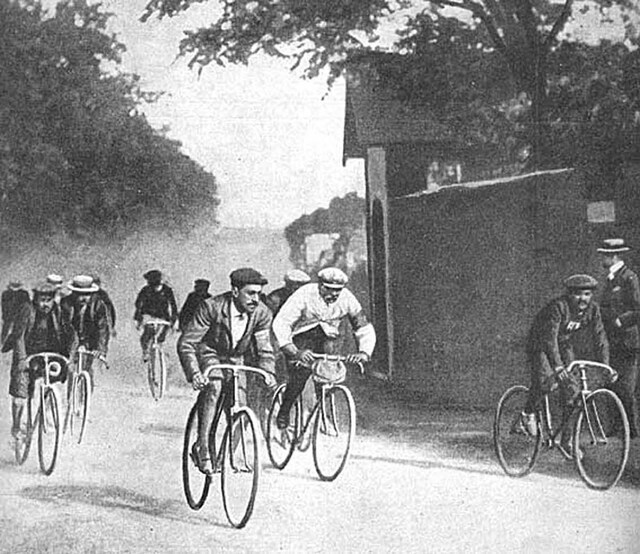
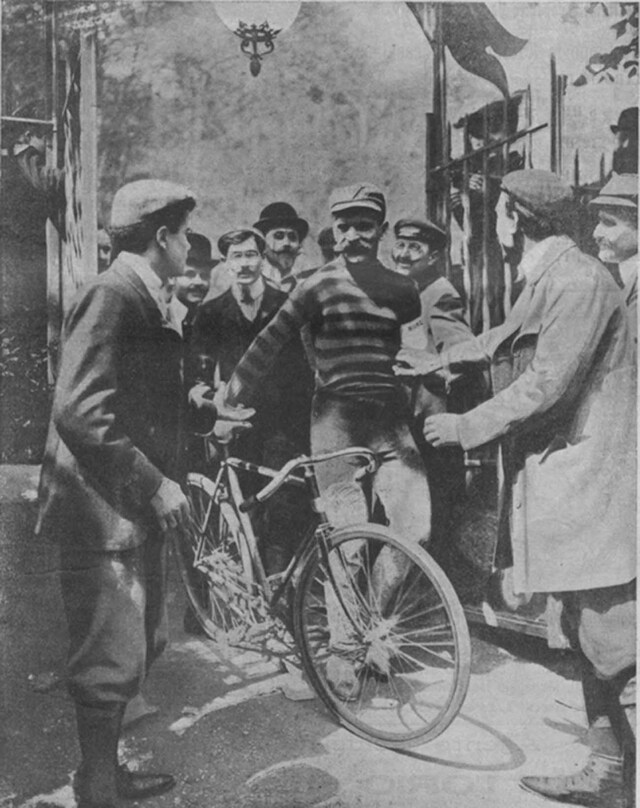
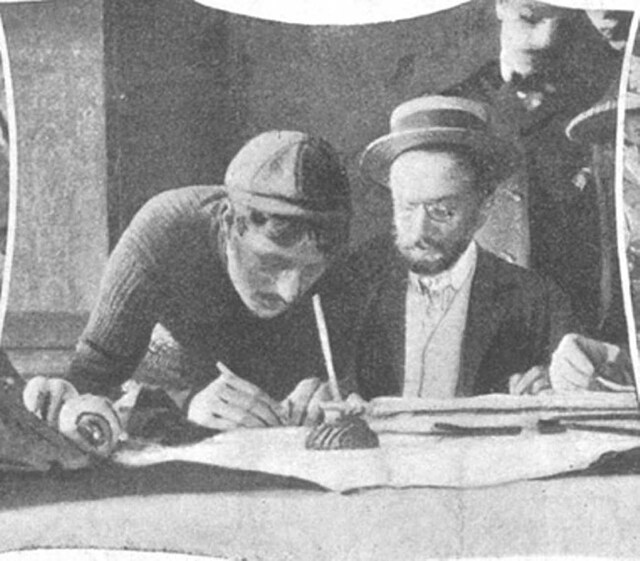
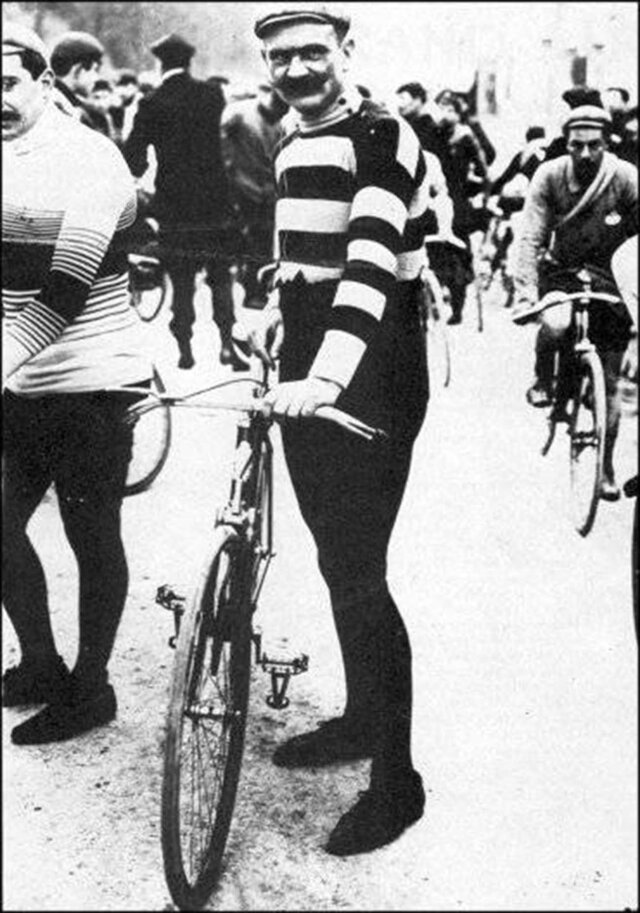
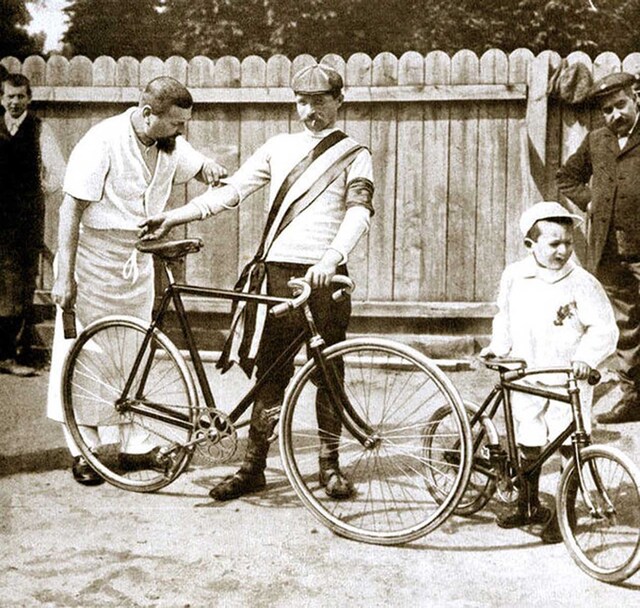
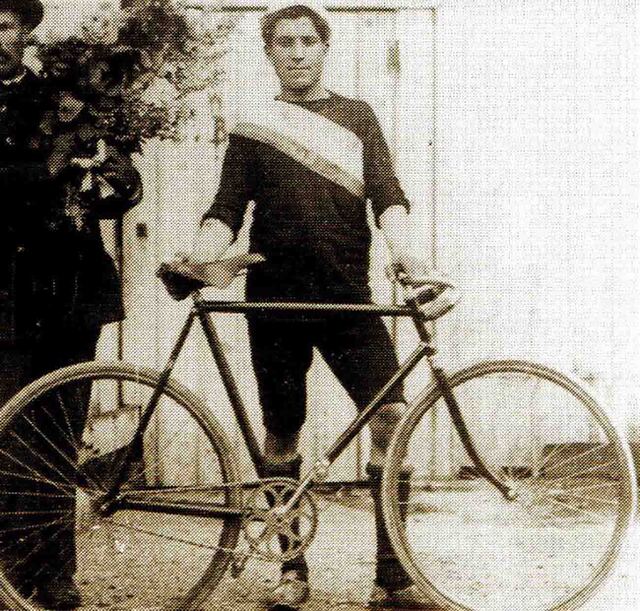
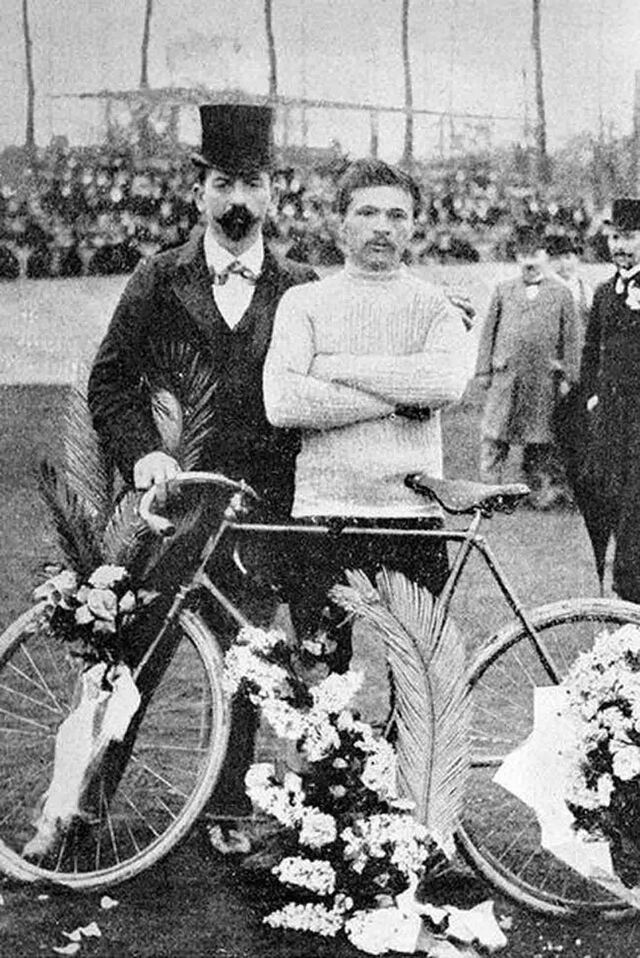
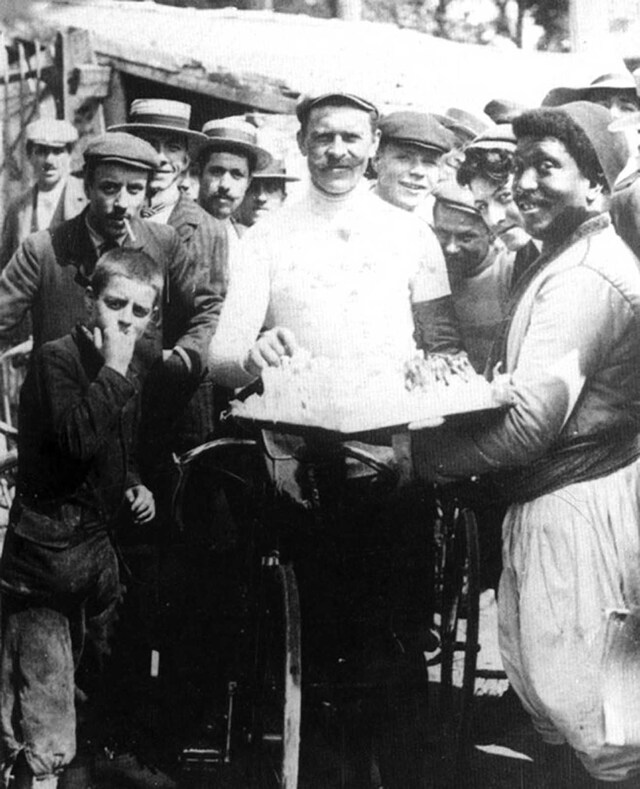
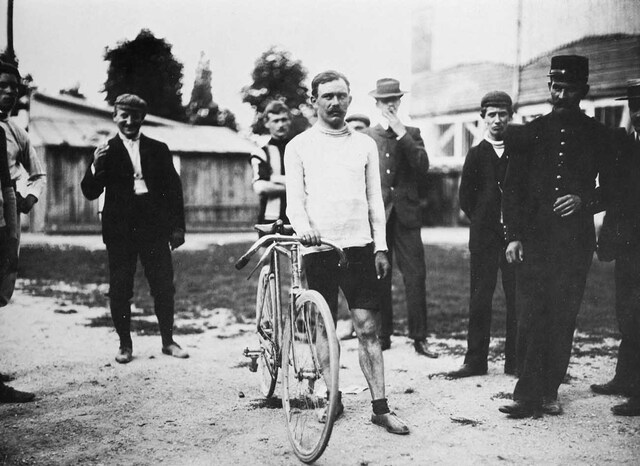
The Aftermath: Disqualifications and Controversies
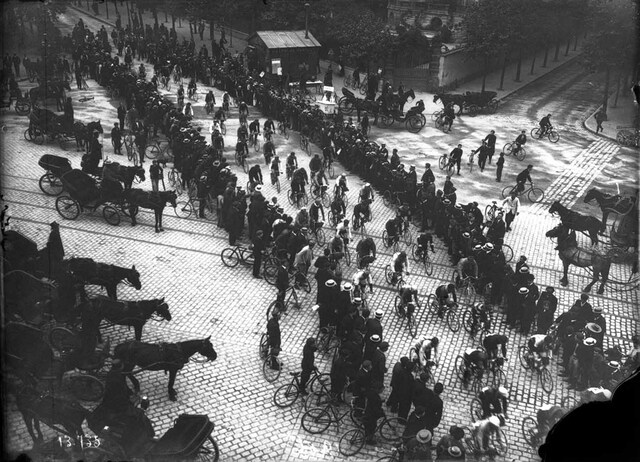
While Garin’s victory was celebrated, it wasn’t without controversy. The following year, Garin and several other riders were disqualified for cheating, including the illegal use of cars and trains to cheat during certain stages. This scandal led to a reassessment of the rules and regulations for future Tours, ensuring that the integrity of the race would remain intact.
Despite this setback, the 1903 Tour de France was a turning point in the history of cycling. It proved that cycling could be both a sport and a spectacle, capturing the imaginations of millions of fans and paving the way for the continued success of the Tour de France.
The Enduring Legacy of the Tour de France
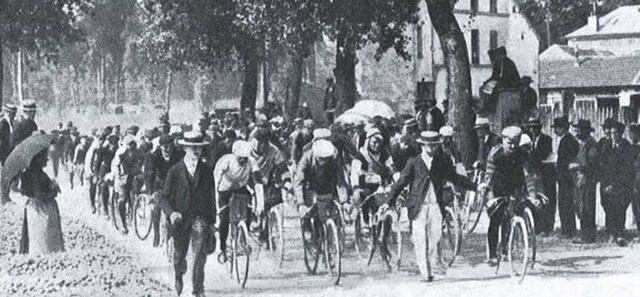
The first Tour de France set the stage for one of the most iconic events in the world of sport. Over the years, the race has grown in size, importance, and prestige, with modern-day riders continuing the legacy of Garin and his fellow competitors. The Tour de France is now seen as the ultimate test of a cyclist’s strength and endurance, drawing athletes from around the globe to compete for the coveted yellow jersey.
Today, the Tour de France stands as a symbol of perseverance, determination, and the human spirit. It continues to inspire athletes, fans, and future generations, cementing its place as one of the greatest sporting events of all time.
Video
Watch this video to see if modern cyclists can survive a stage of the grueling 1903 Tour de France!
Conclusion
The 1903 Tour de France was more than just a race. It was a pioneering event that helped shape the future of professional cycling and established the Tour de France as one of the most prestigious races in the world. Through the grit, determination, and passion of the riders, the first Tour de France became a spectacle that captured the imagination of millions. Today, its legacy continues to inspire and thrill cycling fans around the world, ensuring that the spirit of the 1903 race will live on for generations to come.



